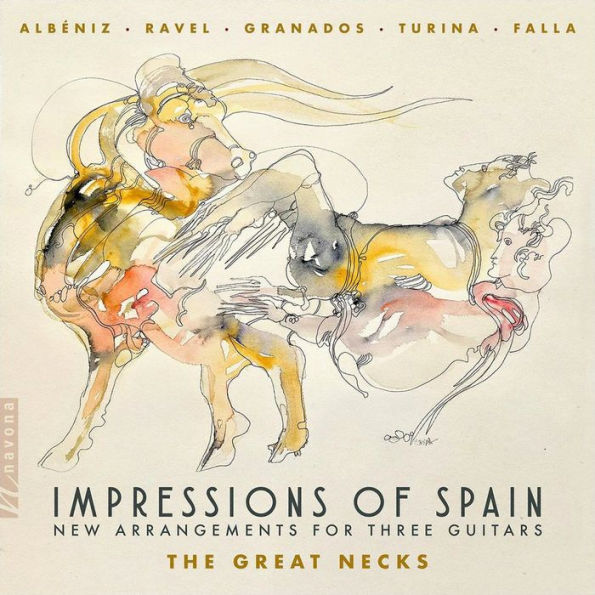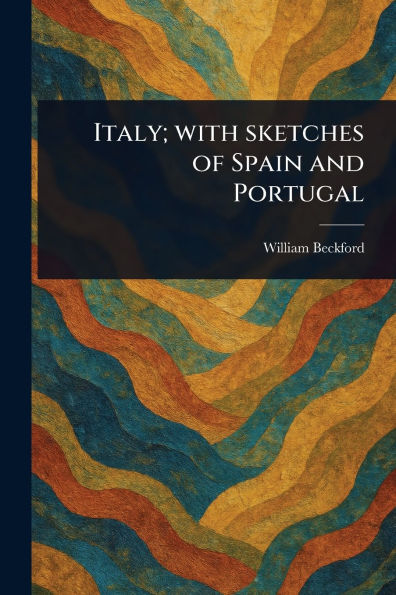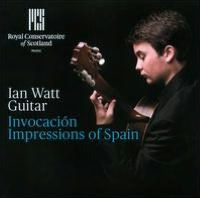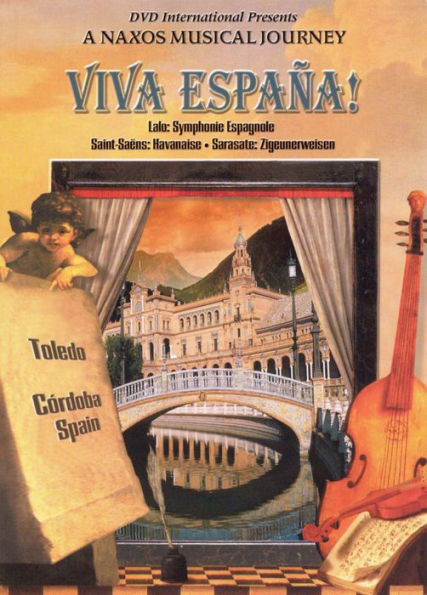Home
Sketches of Spain [2012 LP] [Mono Version]
Barnes and Noble
Loading Inventory...
Sketches of Spain [2012 LP] [Mono Version] in Bloomington, MN
Current price: $6.99

![Sketches of Spain [2012 LP] [Mono Version]](https://prodimage.images-bn.com/pimages/0887654076519_p0_v2_s600x595.jpg)
Sketches of Spain [2012 LP] [Mono Version] in Bloomington, MN
Current price: $6.99
Loading Inventory...
Size: CD
Along with
Kind of Blue
,
In a Silent Way
, and
Round About Midnight
Sketches of Spain
is one of
Miles Davis
' most enduring and innovative achievements. Recorded between November 1959 and March 1960 -- after
Coltrane
and
Cannonball Adderley
had left the band --
Davis
teamed with Canadian arranger
Gil Evans
for the third time.
brought
Evans
the album's signature piece,
"Concierto de Aranjuez,"
after hearing a
classical
version of it at bassist
Joe Mondragon
's house.
was as taken with it as
was, and set about to create an entire album of material around it. The result is a masterpiece of modern art. On the
"Concierto,"
' arrangement provided an orchestra and
jazz
band --
Paul Chambers
Jimmy Cobb
Elvin Jones
-- the opportunity to record a
work as it was. The piece, with its stunning colors and intricate yet transcendent adagio, played by
on a fluegelhorn with a Harmon mute, is one of the most memorable works to come from popular culture in the 20th century.
' control over his instrument is singular, and
' conducting is flawless. Also notable are
"Saeta,"
with one of the most amazing technical solos of
' career, and the album's closer,
"Solea,"
which is conceptually a narrative piece, based on an
Andalusian folk
song, about a woman who encounters the procession taking Christ to Calvary. She sings the narrative of his passion and the procession -- or parade -- with full brass accompaniment moving along.
Cobb
Jones
, with
flamenco
-flavored percussion, are particularly wonderful here, as they allow the orchestra to indulge in the lushly passionate arrangement
provided to accompany
, who was clearly at his most challenged here, though he delivers with grace and verve.
is the most luxuriant and stridently
romantic
recording
ever made. To listen to it in the 21st century is still a spine-tingling experience, as one encounters a multitude of timbres, tonalities, and harmonic structures seldom found in the music called
. ~ Thom Jurek
Kind of Blue
,
In a Silent Way
, and
Round About Midnight
Sketches of Spain
is one of
Miles Davis
' most enduring and innovative achievements. Recorded between November 1959 and March 1960 -- after
Coltrane
and
Cannonball Adderley
had left the band --
Davis
teamed with Canadian arranger
Gil Evans
for the third time.
brought
Evans
the album's signature piece,
"Concierto de Aranjuez,"
after hearing a
classical
version of it at bassist
Joe Mondragon
's house.
was as taken with it as
was, and set about to create an entire album of material around it. The result is a masterpiece of modern art. On the
"Concierto,"
' arrangement provided an orchestra and
jazz
band --
Paul Chambers
Jimmy Cobb
Elvin Jones
-- the opportunity to record a
work as it was. The piece, with its stunning colors and intricate yet transcendent adagio, played by
on a fluegelhorn with a Harmon mute, is one of the most memorable works to come from popular culture in the 20th century.
' control over his instrument is singular, and
' conducting is flawless. Also notable are
"Saeta,"
with one of the most amazing technical solos of
' career, and the album's closer,
"Solea,"
which is conceptually a narrative piece, based on an
Andalusian folk
song, about a woman who encounters the procession taking Christ to Calvary. She sings the narrative of his passion and the procession -- or parade -- with full brass accompaniment moving along.
Cobb
Jones
, with
flamenco
-flavored percussion, are particularly wonderful here, as they allow the orchestra to indulge in the lushly passionate arrangement
provided to accompany
, who was clearly at his most challenged here, though he delivers with grace and verve.
is the most luxuriant and stridently
romantic
recording
ever made. To listen to it in the 21st century is still a spine-tingling experience, as one encounters a multitude of timbres, tonalities, and harmonic structures seldom found in the music called
. ~ Thom Jurek
Along with
Kind of Blue
,
In a Silent Way
, and
Round About Midnight
Sketches of Spain
is one of
Miles Davis
' most enduring and innovative achievements. Recorded between November 1959 and March 1960 -- after
Coltrane
and
Cannonball Adderley
had left the band --
Davis
teamed with Canadian arranger
Gil Evans
for the third time.
brought
Evans
the album's signature piece,
"Concierto de Aranjuez,"
after hearing a
classical
version of it at bassist
Joe Mondragon
's house.
was as taken with it as
was, and set about to create an entire album of material around it. The result is a masterpiece of modern art. On the
"Concierto,"
' arrangement provided an orchestra and
jazz
band --
Paul Chambers
Jimmy Cobb
Elvin Jones
-- the opportunity to record a
work as it was. The piece, with its stunning colors and intricate yet transcendent adagio, played by
on a fluegelhorn with a Harmon mute, is one of the most memorable works to come from popular culture in the 20th century.
' control over his instrument is singular, and
' conducting is flawless. Also notable are
"Saeta,"
with one of the most amazing technical solos of
' career, and the album's closer,
"Solea,"
which is conceptually a narrative piece, based on an
Andalusian folk
song, about a woman who encounters the procession taking Christ to Calvary. She sings the narrative of his passion and the procession -- or parade -- with full brass accompaniment moving along.
Cobb
Jones
, with
flamenco
-flavored percussion, are particularly wonderful here, as they allow the orchestra to indulge in the lushly passionate arrangement
provided to accompany
, who was clearly at his most challenged here, though he delivers with grace and verve.
is the most luxuriant and stridently
romantic
recording
ever made. To listen to it in the 21st century is still a spine-tingling experience, as one encounters a multitude of timbres, tonalities, and harmonic structures seldom found in the music called
. ~ Thom Jurek
Kind of Blue
,
In a Silent Way
, and
Round About Midnight
Sketches of Spain
is one of
Miles Davis
' most enduring and innovative achievements. Recorded between November 1959 and March 1960 -- after
Coltrane
and
Cannonball Adderley
had left the band --
Davis
teamed with Canadian arranger
Gil Evans
for the third time.
brought
Evans
the album's signature piece,
"Concierto de Aranjuez,"
after hearing a
classical
version of it at bassist
Joe Mondragon
's house.
was as taken with it as
was, and set about to create an entire album of material around it. The result is a masterpiece of modern art. On the
"Concierto,"
' arrangement provided an orchestra and
jazz
band --
Paul Chambers
Jimmy Cobb
Elvin Jones
-- the opportunity to record a
work as it was. The piece, with its stunning colors and intricate yet transcendent adagio, played by
on a fluegelhorn with a Harmon mute, is one of the most memorable works to come from popular culture in the 20th century.
' control over his instrument is singular, and
' conducting is flawless. Also notable are
"Saeta,"
with one of the most amazing technical solos of
' career, and the album's closer,
"Solea,"
which is conceptually a narrative piece, based on an
Andalusian folk
song, about a woman who encounters the procession taking Christ to Calvary. She sings the narrative of his passion and the procession -- or parade -- with full brass accompaniment moving along.
Cobb
Jones
, with
flamenco
-flavored percussion, are particularly wonderful here, as they allow the orchestra to indulge in the lushly passionate arrangement
provided to accompany
, who was clearly at his most challenged here, though he delivers with grace and verve.
is the most luxuriant and stridently
romantic
recording
ever made. To listen to it in the 21st century is still a spine-tingling experience, as one encounters a multitude of timbres, tonalities, and harmonic structures seldom found in the music called
. ~ Thom Jurek
![1 [LP]](https://prodimage.images-bn.com/pimages/0602547567901_p0_v9_s600x595.jpg)


![A Bit Of Liverpool [Mono Edition]](https://prodimage.images-bn.com/pimages/8435395504338_p0_v1_s600x595.jpg)
![El Pintor [LP]](https://prodimage.images-bn.com/pimages/0744861106913_p0_v1_s600x595.jpg)


![Boca Chueca, Vol. 1 [Sunburst 2 LP]](https://prodimage.images-bn.com/pimages/0198704062087_p0_v1_s600x595.jpg)









